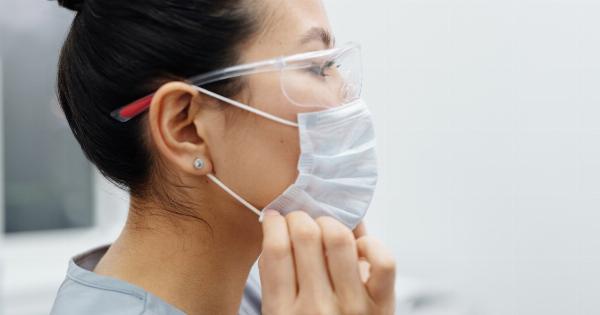Antibacterial soaps have become increasingly popular over the years as people seek to protect themselves from harmful germs and bacteria.
However, recent studies have raised concerns about the safety of a particular ingredient commonly found in these products. Triclosan, an antibacterial agent, has been linked to liver disease and cancer, prompting further investigation into its potential health risks.
The Rise of Antibacterial Soaps
In our quest for cleanliness and hygiene, antibacterial soaps have emerged as a popular choice due to their ability to kill or inhibit the growth of harmful bacteria.
Triclosan, a synthetic chemical, has been added to various personal care products, including soaps, toothpaste, and even some makeup items, to provide this antibacterial effect.
Triclosan and Liver Disease
Recent scientific studies have shown a concerning association between triclosan and liver disease. The liver, an essential organ responsible for detoxification and metabolism, can suffer severe damage when exposed to harmful substances.
Triclosan, when absorbed into the bloodstream after usage, may accumulate in the liver and disrupt its normal functioning.
A study published in the Journal of Hepatology found that mice exposed to triclosan exhibited fatty liver disease, a condition characterized by the accumulation of fat in the liver cells.
This condition can progress to more severe liver diseases such as hepatitis, fibrosis, and ultimately, liver cancer.
Triclosan and Cancer
Aside from liver disease, triclosan has also been associated with an increased risk of cancer development. Several studies have revealed alarming evidence connecting triclosan exposure to various types of cancer.
One study conducted by researchers at the University of California discovered that mice exposed to triclosan had a higher likelihood of developing liver tumors.
Moreover, a study published in the journal Environmental Health Perspectives found that triclosan exposure was associated with an increased risk of breast cancer in women.
While these studies provide strong evidence of triclosan’s potential carcinogenic effects, further research is still needed to fully understand the extent of this risk on human health.
Regulatory Actions and Consumer Options
Due to growing concerns about triclosan’s safety, regulatory bodies worldwide have begun taking action to limit its use in consumer products.
The United States Food and Drug Administration (FDA), for instance, banned the use of triclosan in over-the-counter hand sanitizers in 2016. However, triclosan is still allowed in other products like soaps and toothpaste.
As a consumer, it is crucial to read product labels carefully and choose alternatives that do not contain triclosan or other potentially harmful ingredients.
Opting for natural or organic soaps can help reduce exposure to such chemicals and mitigate associated health risks.
Practicing Good Hygiene Safely
While the concerns surrounding triclosan are growing, it is important to note that good hygiene practices can still be followed without relying on antibacterial soaps containing this ingredient.
Simple measures like thorough handwashing with regular soap and water, proper dental care, and regular cleaning of household surfaces can effectively reduce the risk of infection.
Educating the public about the proper use of soap and other hygienic practices, as well as promoting the development of safer alternatives, can play a significant role in safeguarding public health.
It is essential to strike a balance between cleanliness and minimizing potential health hazards.
Conclusion
The linkage between triclosan, an ingredient commonly found in antibacterial soaps, and liver disease and cancer has raised concerns about the safety of these products.
Various studies have highlighted the potential risks associated with triclosan exposure, including fatty liver disease and increased cancer risk. Regulatory actions have initially limited the use of triclosan, but consumer awareness and choice remain crucial in avoiding potentially harmful ingredients.
Practicing good hygiene, such as proper handwashing and dental care, can still be achieved without relying on antibacterial soaps that contain triclosan. Striving for a balance between cleanliness and minimizing health risks is essential in promoting public health.






























